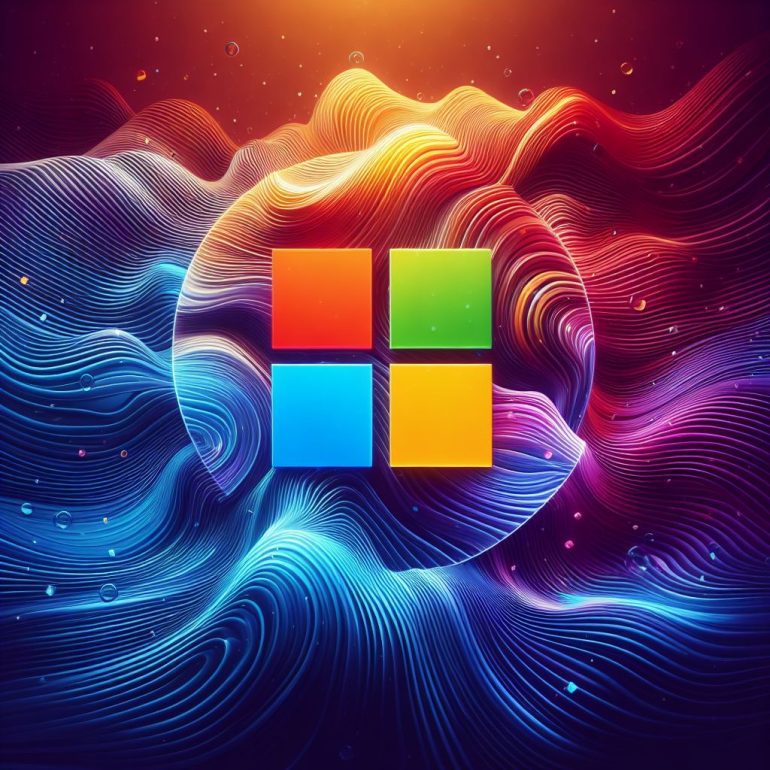- Microsoft introduces VALL-E 2, an AI-driven text-to-speech (TTS) generator achieving human-level speech synthesis.
- VALL-E 2 uses advanced neural codec models for natural and accurate speech reproduction.
- Key features include “Repetition Aware Sampling” and “Grouped Code Modeling” for enhanced speech quality and efficiency.
- Tested against benchmarks like LibriSpeech and VCTK, VALL-E 2 demonstrates superior performance in speech robustness and naturalness.
- Despite its capabilities, Microsoft opts not to release VALL-E 2 publicly due to potential misuse risks.
Main AI News:
Microsoft has unveiled VALL-E 2, a cutting-edge AI-powered text-to-speech (TTS) generator capable of replicating human speech with unprecedented accuracy. Developed by Microsoft researchers, VALL-E 2 marks a significant leap forward in neural codec language models, achieving human-level performance in speech synthesis.
Described in a recent paper on the pre-print server arXiv, VALL-E 2 excels in producing natural and high-quality speech that rivals or surpasses that of human speakers. The system employs advanced techniques such as “Repetition Aware Sampling” and “Grouped Code Modeling” to enhance the fluidity and efficiency of its speech synthesis process.
“VALL-E 2 represents a milestone in zero-shot TTS synthesis, demonstrating remarkable robustness and naturalness across various speech complexities,” the researchers stated. The AI model was rigorously tested against established benchmarks like LibriSpeech and VCTK, confirming its superior performance in terms of speech accuracy and speaker similarity.
Despite these achievements, Microsoft has opted not to release VALL-E 2 to the public, citing concerns over potential misuse. The decision aligns with broader industry apprehensions surrounding voice cloning and deepfake technologies. Similar cautionary measures have been adopted by other AI developers, including OpenAI, underscoring the delicate balance between innovation and safeguarding against misuse.
In a blog post, Microsoft clarified that VALL-E 2 remains solely a research endeavor without immediate plans for commercial deployment. However, the researchers highlighted potential future applications across various domains such as education, entertainment, journalism, and accessibility, provided adequate safeguards are in place to prevent misuse.
As AI technology continues to evolve, ensuring ethical and responsible use remains paramount, particularly in domains where synthesized speech could pose risks if misused or manipulated without proper consent protocols.
Conclusion:
Microsoft’s development of VALL-E 2 signifies a significant advancement in AI speech synthesis technology, achieving a level of accuracy and naturalness comparable to human speech. However, the decision not to release it reflects growing concerns within the industry about the ethical implications of powerful AI tools like voice cloning and deepfake technologies. This cautious approach underscores the need for rigorous ethical guidelines and regulatory frameworks to govern the deployment of such advanced AI technologies in the market.

